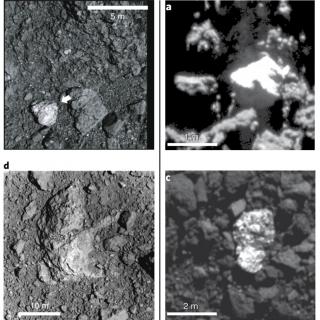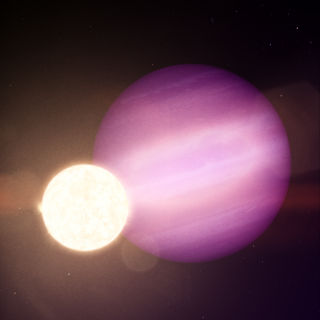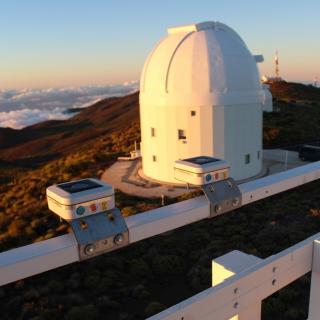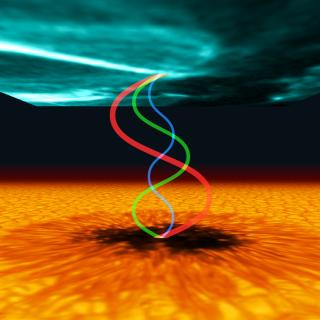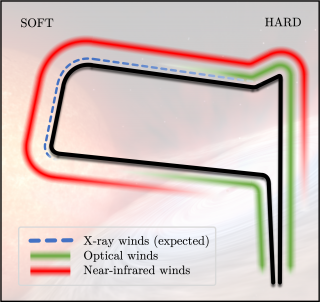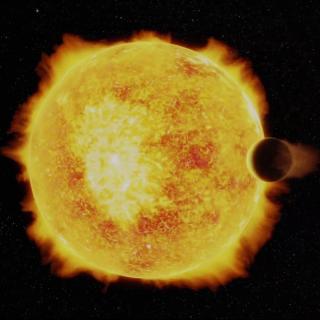
A team of astronomers from the University of Chile, in collaboration with the Instituto de Astrofísica de Canarias (IAC) and the University of La Laguna (ULL), has discovered the first “ultrahot Neptune”, which is in orbita round the nearby star LTT 9779. The planet is so close to its star that its year lasts only 19 hours, and the star’s radiation heats the planet to more than 1,700 degrees centigrade. At those temperaturas, the heavy elements such as iron can be ionized in the atmosphere and molecules can dissociate, which makes this a unique laboratory for studying the chemistry of
Advertised on
